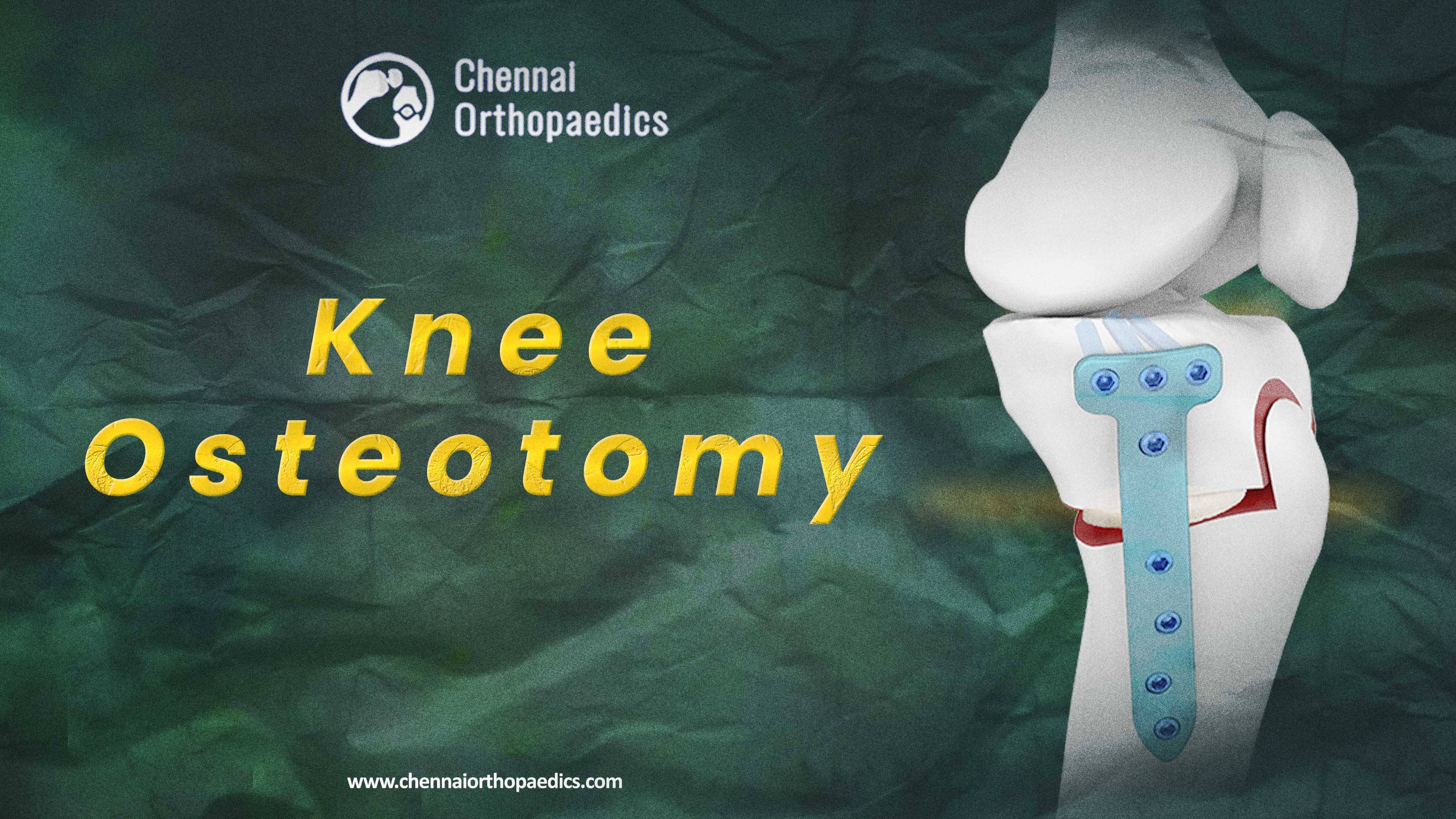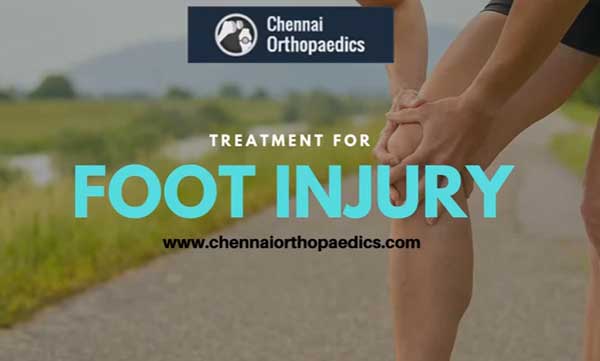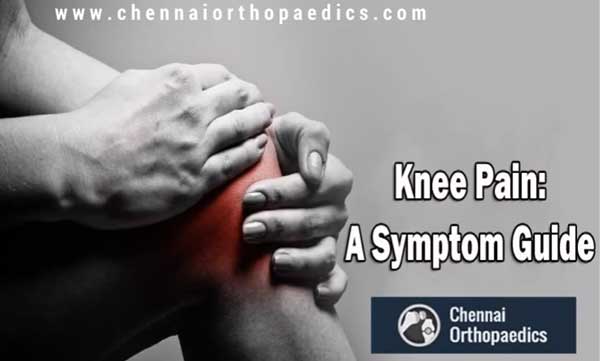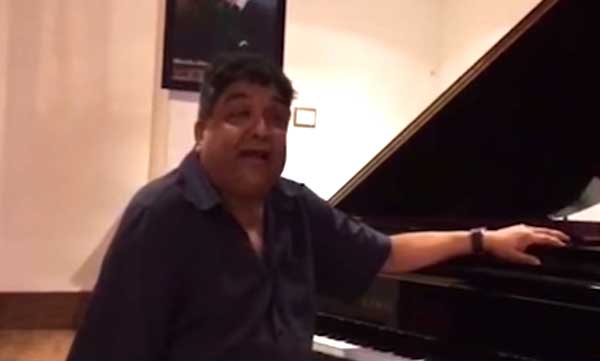Date :27-Mar-2023
 Guru (name changed) had been experiencing pain in his left knee for several years. It was a minor annoyance at first, but it gradually started to hamper his mobility. “On a hiking trip with my colleagues, I had to take frequent breaks to sit down because my left knee was in agony. I was so embarrassed that the whole group had to slow down to accommodate me,” Guru recalls. After the disastrous trip, Guru decided to visit a doctor and find a permanent solution to his knee problem.
Guru (name changed) had been experiencing pain in his left knee for several years. It was a minor annoyance at first, but it gradually started to hamper his mobility. “On a hiking trip with my colleagues, I had to take frequent breaks to sit down because my left knee was in agony. I was so embarrassed that the whole group had to slow down to accommodate me,” Guru recalls. After the disastrous trip, Guru decided to visit a doctor and find a permanent solution to his knee problem.
“Dr. Bharani Kumar came highly recommended by my family doctor and I decided to get a consultation with him,” says Guru. Dr. Bharani Kumar thoroughly examined Guru's knees and found that he has early-stage osteoarthritis, which is damaging one side of his left knee.
Dr. Bharani Kumar Dayanandam, the Trauma, Joint Replacement, and Arthroscopic Surgeon at Chennai Orthopaedics in Chennai, has decades of experience conducting osteotomy surgeries. According to Dr. Bharani Kumar, "Osteotomy is typically performed for young, active patients who have advanced or grade 3/4 osteoarthritis, or bone-on-bone arthritis." Young people, those with unilateral knee arthritis (damage to only one side of the knee), and those whose knees are misaligned are the best candidates for knee osteotomies.
Guru was concerned about undergoing knee replacement surgery because he was only 48 years old and wanted to maintain his active lifestyle. It was at this point that Dr. Bharani Kumar suggested a knee osteotomy. “I thought it was the perfect solution for my problem. I need not have an artificial joint and I can stay active without limiting myself,” says Guru. Dr. Bharani Kumar was quick to point out that knee osteotomy had its own disadvantages. It takes a longer time to recover from a knee osteotomy than a knee replacement surgery. In some formats of knee osteotomy, patients will not be able to put weight on the knee for a couple of weeks and will have to rely on crutches during that time.
After discussing all the pros and cons of knee osteotomy, Guru decided to take the plunge. An opening wedge osteotomy was conducted which requires more healing time than a closing wedge osteotomy. However, with the latest implants, opening wedge osteotomy is advantageous as weight bearing can be resumed soon after the surgery. “The basic idea is to correct the alignment if there is any abnormality and transfer the weight to the unaffected side. This decreases the load on the affected cartilage, thereby reducing the pan and increasing the mobility of the joint,” explains Dr. Bharani Kumar.
Guru underwent a 6-month long rehabilitation program following his surgery. It was designed to help the knee heal by strengthening the muscles and knee joints. “I will be lying if I said the recovery was easy. However, Dr. Bharani Kumar and his team at Chennai Orthopaedics were very helpful and supported me throughout my rehabilitation,” says Guru. According to Dr. Bharani Kumar, recovery after the osteotomy is as important as the surgery itself. The post-operative guidelines and physical therapy regimen must be strictly followed.
Knee osteotomy ensures that patients can prolong the life of their knees and protect it from the effects of osteoarthritis. Additionally, it gives them the option to continue engaging in extremely strenuous physical activities despite having knee issues, which is not possible if they opt for knee replacement surgery. Guru, who is getting ready for yet another hiking trip with his friends, is the ideal illustration of an osteotomy surgery that was a success.
Authored By Dr Bharani Kumar Dayanandam,MBBS,Orthopedic Surgeon




 Guru (name changed) had been experiencing pain in his left knee for several years. It was a minor annoyance at first, but it gradually started to hamper his mobility. “On a hiking trip with my colleagues, I had to take frequent breaks to sit down because my left knee was in agony. I was so embarrassed that the whole group had to slow down to accommodate me,” Guru recalls. After the disastrous trip, Guru decided to visit a doctor and find a permanent solution to his knee problem.
Guru (name changed) had been experiencing pain in his left knee for several years. It was a minor annoyance at first, but it gradually started to hamper his mobility. “On a hiking trip with my colleagues, I had to take frequent breaks to sit down because my left knee was in agony. I was so embarrassed that the whole group had to slow down to accommodate me,” Guru recalls. After the disastrous trip, Guru decided to visit a doctor and find a permanent solution to his knee problem.








